**BEFORE ANYTHING ELSE, CHECK THIS OUT. IT WILL ANSWER ALL QUESTIONS.**👇👇
[Figure 1: Full Explanation Video]
Intro
Conveyor belt 3D printers are arguably the most exciting development in 3D printing since RepRap. With its unique design, a conveyor belt 3D printer has two features which no other desktop 3D printer can offer: automatic part ejection and infinitely long printing. Resultantly, a conveyor belt 3D printer can both mass produce parts and print extremely large parts. If it works…
Over the past half decade, a number of desktop conveyor belt 3D printers have been released to the public. Unfortunately, these machines are buggy and finicky; their print quality does not meet our expectations of a 3D printer in 2022. Current conveyor belt printers are reminiscent of hobby 3D printers from 2007-2009: low quality, unreliable, prototype adjacent, but also lots of fun! The caveats and details of conveyor belt 3D printers still need to be ironed out. I believe that there is a missing ingredient that will rapidly move this design forwards: community. In its early stages, amateur 3D printer designs made rapid progress due to a large, committed, opensource community that was working together to make low cost 3D printers viable. Conveyor belt 3D printers need the same open source catalyst.
I have built many, many, many, many, many conveyor belt 3D printers. From the knowledge gained through these successes (and failures), I have designed a new conveyor belt 3D printer that is extremely simple for people to build. The 3D printer is completely free and opensource with the CAD and firmware available in this document. I have also provided detailed build instructions to make it straight forwards for others to replicate (and hopefully improve) the 3D printer. Due to the opensource nature of this project, I have aptly named this 3D printer design OpenBelt - The Opensource Conveyor Belt 3D Printer.
Demos
[Figure 2: Printing Sword Demo]
[Figure 3: Printing Skateboard Demo]
[Figure 4: Printing Funny Thing Demo]
[Figure 5: Printing Cricket Bat Demo]
Design Choices
My goal is that as many people as possible are able to replicate this 3D printer. Therefore, I tried to make the design accessible and easy to follow for people from all technical background. In pursuit of this goal, I made the following design choices while developing this project.
- All components for this project can be 3D printed
In my previous conveyor belt 3D printer designs, I used a lathe and mill to machine some of the components. I am assuming most people attempting this project do not have access to such expensive machines. So I specifically designed all of the fixtures, jigs, and other components to be 3D printable. I hope this makes it easier for others to fabricate these components. - Simple Design >>> Perfect Design
I chose to make this conveyor belt 3D printer as simple as possible. There are many extra features that I would love to add to this machine. But I chose to only include the bare essentials for this tutorial. - Starting with a 3D Printer
In this tutorial, we start with an existing 3D printer and convert it into a conveyor belt 3D printer. If I were to instead build the 3D printer from scratch, I would have to include a lot of additional details that are irrelevant to the key conveyor belt aspect. There are already many tutorials online that document building a 3D printer from raw materials. I see no point reinventing the wheel. If you are looking for a good resource on building 3D printers from scratch, I recommend Dr. D Flo’s YouTube Channel!
Future Skills Center (FSC) Support
This project was generously supported by the Future Skills Center (FSC) federal program, via McMaster University. In exchange for academic support, an OpenBelt 3D printer is currently active at McMaster University's Learning Factory Industry 4.0 Lab. Students are welcome to use the 3D printer for any academic/hobby...
Read more » Swaleh Owais
Swaleh Owais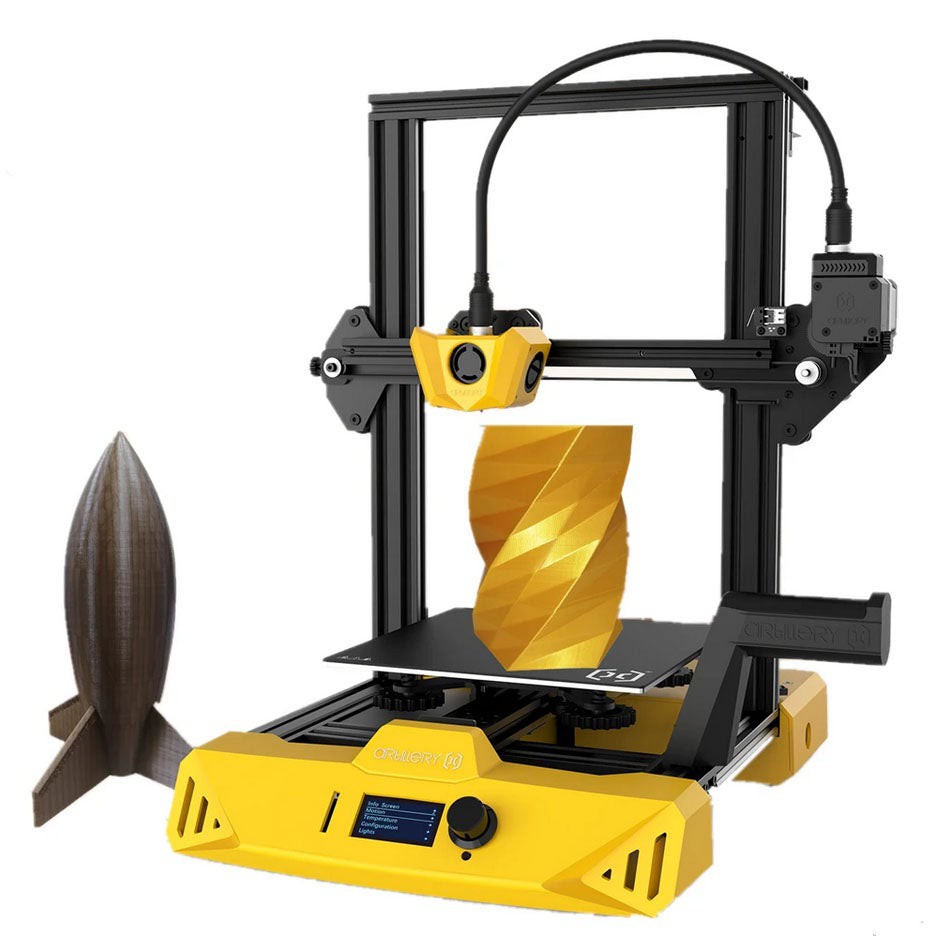
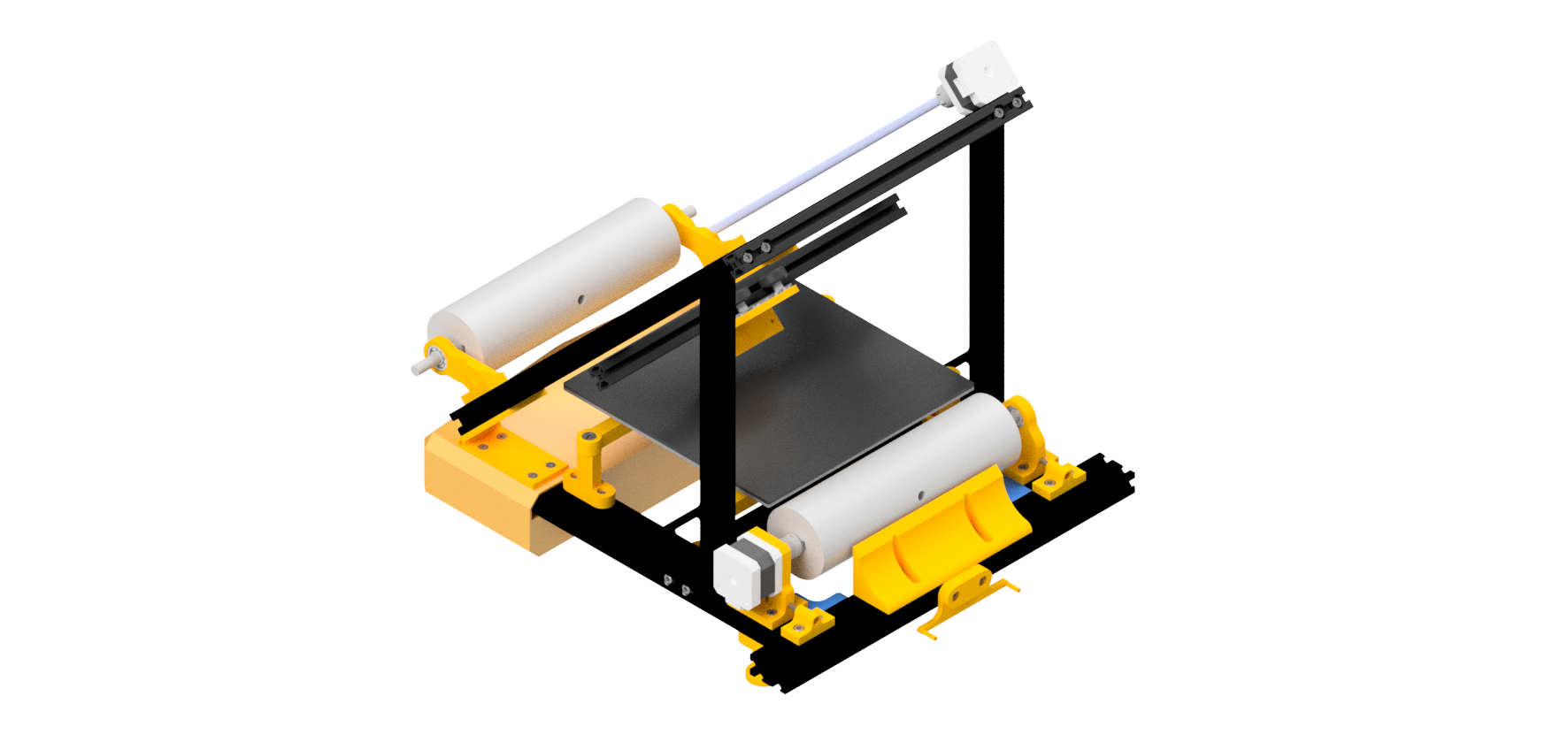
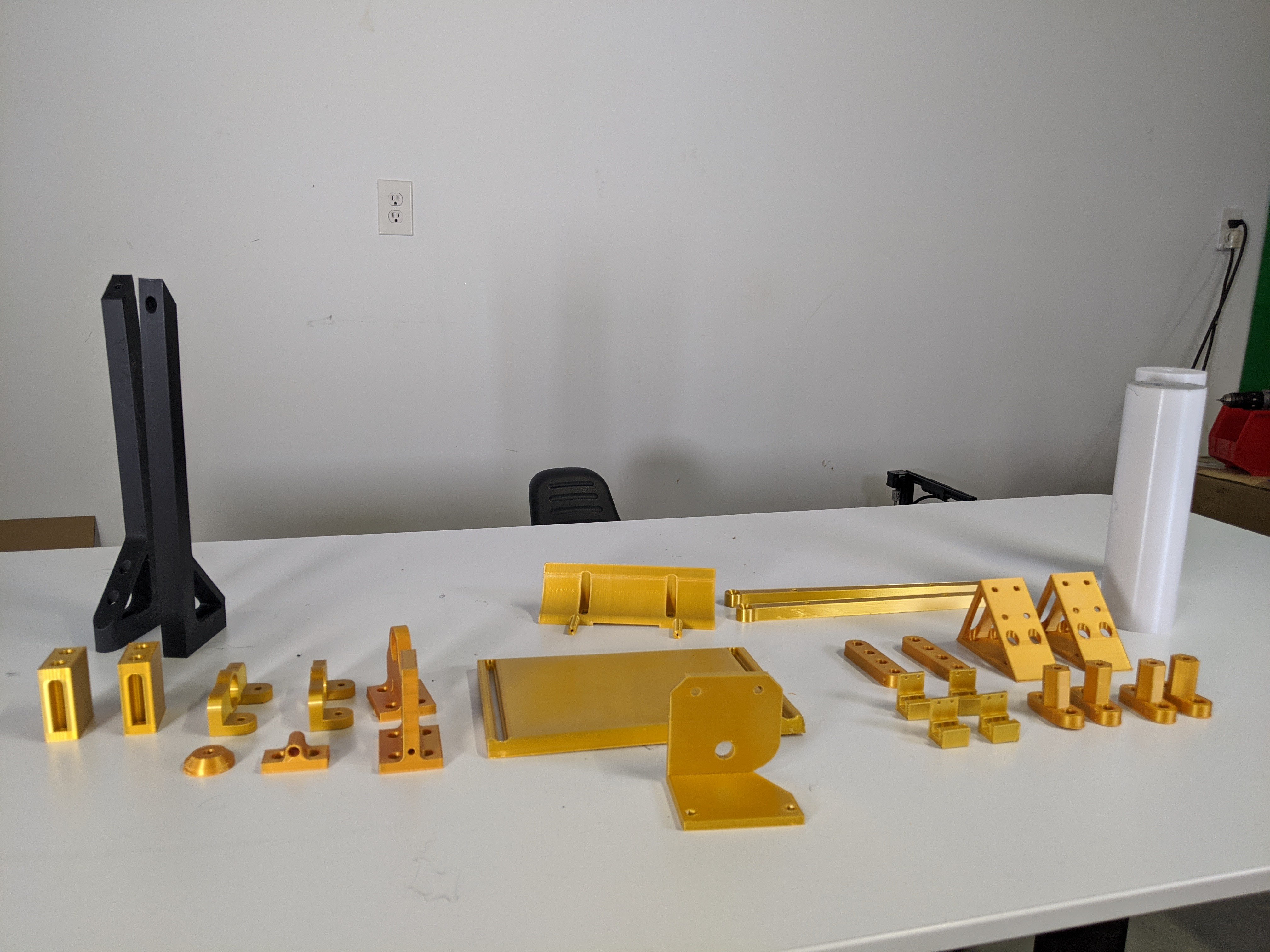 [Figure 3: Parts to be 3D Printed for this Project]
[Figure 3: Parts to be 3D Printed for this Project]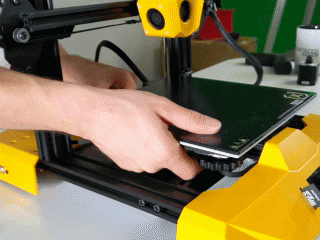
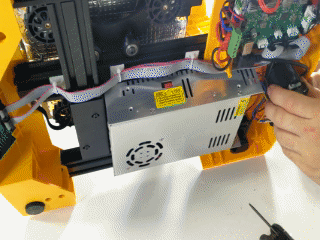
perhaps you should examine general rules about Patents. Patents protects against industrial and commercial use of a patented idea, personal use is out of scope.